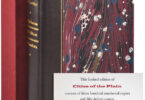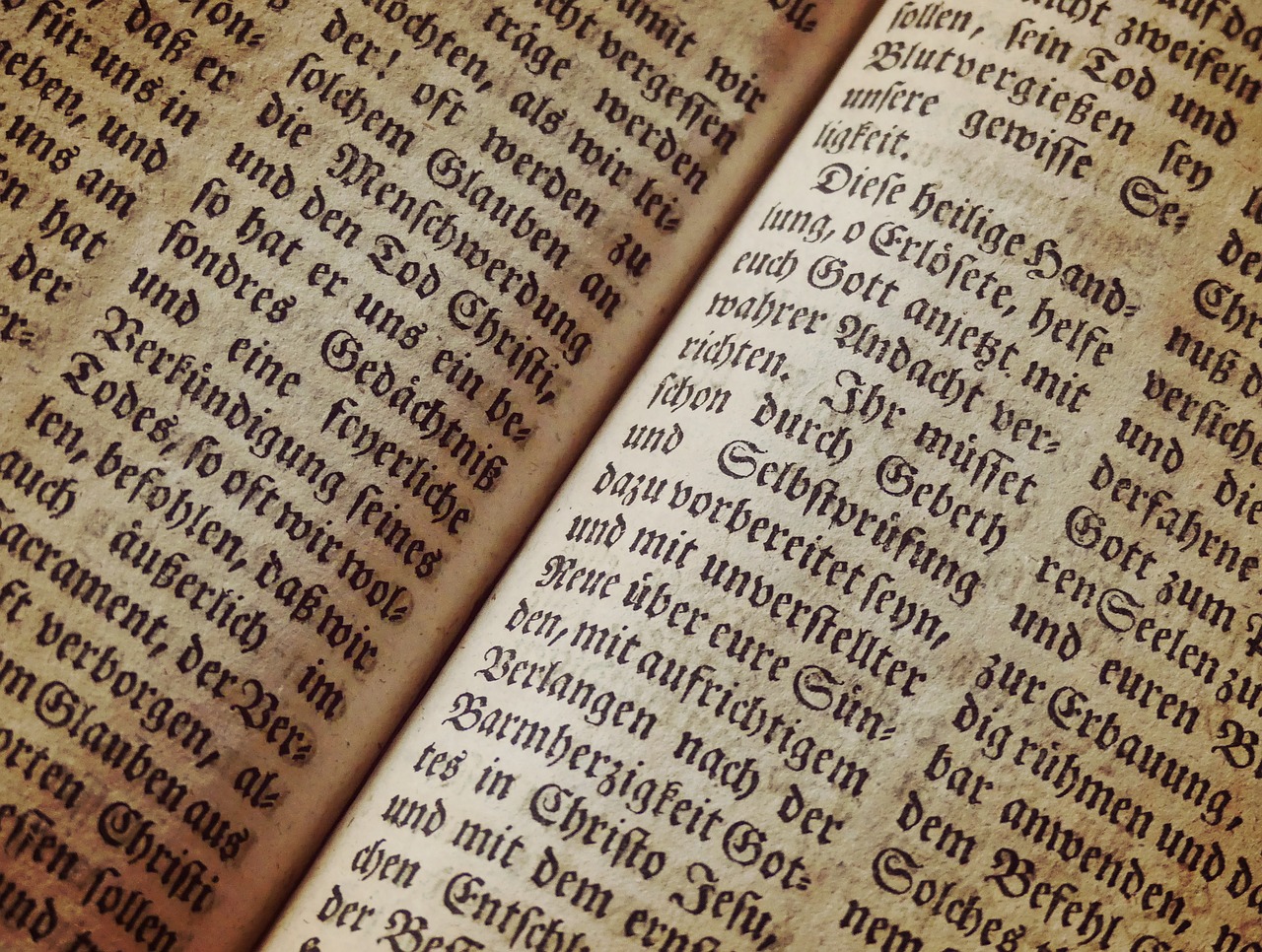Mary Shelley was a British novelist, essayist, and travel writer who was best known for penning the novel Frankenstein; or, The Modern Prometheus at the young age of nineteen. She is also responsible for promoting the poetry of her husband, Percy Bysshe Shelley after his death.
Mary Shelley was born Mary Wollstonecraft Godwin in London, August 30, 1797. Her mother, the famous feminist Mary Wollstonecraft, died when her daughter was eleven days old. Mary was raised by her father, William Godwin. He was a philosopher and novelist with liberal ideas, and ensured that his children were provided with a rich education. He encouraged his fiery child to think for herself, and she spent time in discourse with her father’s friends; Samuel Coleridge, Aaron Burr, and Percy Bysshe Shelley.
In 1814, at the age of seventeen, Mary and Percy Bysshe Shelley began a romantic relationship. They met in secret at the grave of Mary’s mother, as Percy was a married man. Their relationship caused a great deal of strife between Mary and her father once they revealed their love for one another. Undaunted, Mary and her stepsister, Claire Clairmont, left for France with Percy and wandered through Europe, leaving Percy’s pregnant wife in England.
Mary returned to England unwed and pregnant with Percy’s child, who later died after being born prematurely. Her father would have nothing to do with her, and the young couple struggled with debt and social disdain for years. Mary gave birth in January 1816 to their second child, William, who she named after her father. She and Percy married in late 1816, after the suicide of Percy’s first wife.
Mary and Percy spent the summer of 1816 with Lord Byron, John William Polidori, and her stepsister Claire Clairmont near Geneva, Switzerland at Villa Diodati. During the gloomy, rainy season, they discussed the experiments of philosopher Erasmus Darwin, a man rumored to have animated dead matter. As the conversation progressed to other tales of the supernatural, Lord Byron challenged each of the group to compose a tale of horror. This literary game inspired Mary to write Frankenstein, and Polidori, The Vampyre.
Mary’s tale of a scientist and his doomed creation was expanded from a short story to a full-length novel as Percy urged her on, and it was finally published anonymously in 1818 as Frankenstein; or, the Modern Prometheus. During this time, Mary Shelley edited the collected journals of their trip through Europe and published them as History of a Six Weeks’ Tour. Percy wrote many of his major poems at this time, and Mary also wrote her autobiographical novel, Matilda, the novel Valperga, and two plays, Prosperine and Midas.
In 1818, Mary and Percy relocated to Italy to avoid debt collection and suffered tragedy as they lost their two children to disease; Clara, in September 1818, and William, in June 1819. Mary gave birth to their only surviving child, Percy Florence, in November 1819.
Mary’s life shifted dramatically when Percy died in 1822. He and two others drowned when their sailing boat was capsized during a storm. Ten days later, their bodies washed up, and Mary and their friends cremated Percy Shelley’s corpse on the beach at Viareggio. Mary returned to England and dedicated herself to her son, Percy, and to her career as an author.
Mary Shelley wrote much of her works between 1826–44. She wrote the novels The Last Man, Perkin Warbeck, Lodore, and Falkner. She wrote stories for magazines, and contributed to Lardner’s Cabinet Cyclopaedia. Mary also published another travel book, Rambles in Germany and Italy after traveling with her son Percy. She and her father reconciled and helped each other to find publishers and maintain financial solvency until his death in 1836.
Mary also strove to promote Percy Shelley’s poetry, with much success. Percy’s father forbade her to include a biography of his son’s sordid life, but Mary thwarted his wishes by including biographical notes about the poems in the published collections.
Mary Shelley’s health began to decline in 1839. She suffered from headaches and occasional partial paralysis until her death in February 1851 from a brain tumour. She was buried at St Peter’s Church in Bournemouth, near the new home of her son Percy and his wife, Jane. On the first anniversary of Mary Shelley’s death, the young couple opened a small chest belonging to Mary. They found inside the box locks of her dead children’s hair, a notebook she had shared with Percy Bysshe Shelley, and a copy of his poem Adonaïs, with one page folded round a silk parcel containing some of Percy Shelley’s ashes and the remains of her dear love’s heart.









She was, for sure, a very enlightening and wise woman for all of her life. Even when she was young she knew she wanted Percy in her life. It was a one-of-a-kind love. I forgot about her one surviving child because he’s never mentioned. Only the children that didn’t survive are mentioned often. She did have a torturous life, filled with death all around her, but she is someone who should be admired for her dark wit and ability to survive all the death that consumed her life. I don’t like to assume on a dead person’s life, about what they thought or didn’t, but I’m pretty sure she was always mourning for the mother she never got to meet. For the woman who she only got to see from a name on a grave and portraits on the walls. Percy kept her afloat, but even after Percy died, she continued living and only loving him. I truly do think she never could get over not meeting the mother she never got to meet.